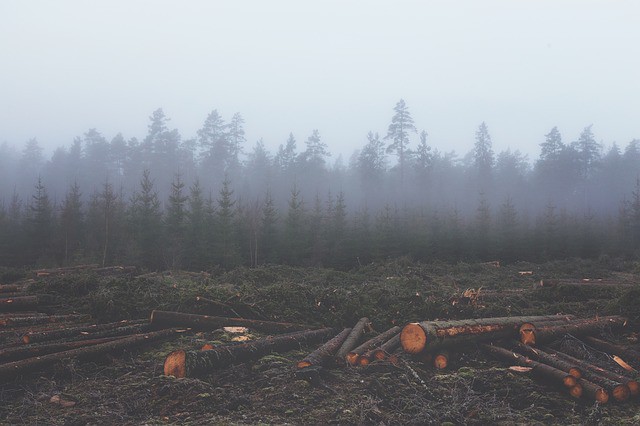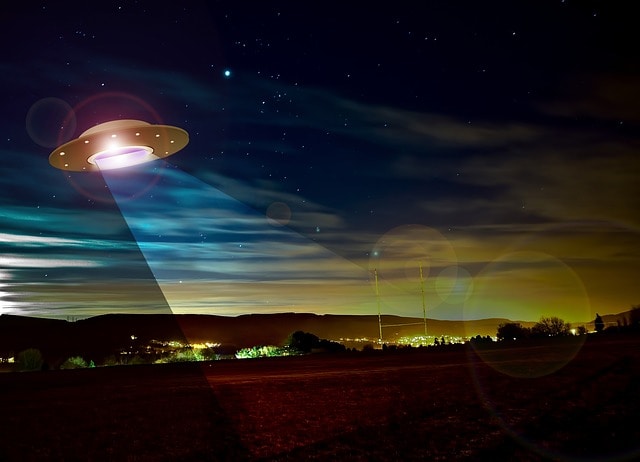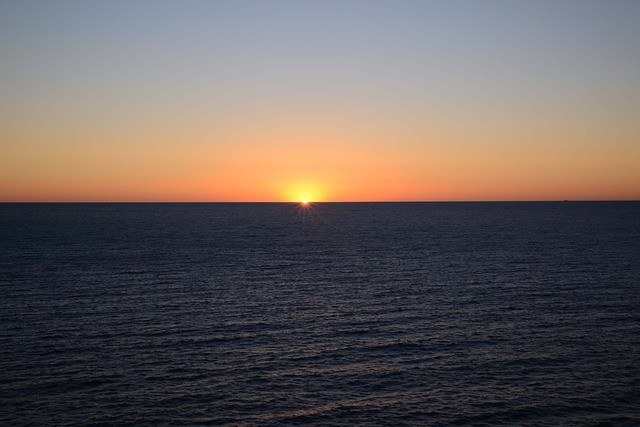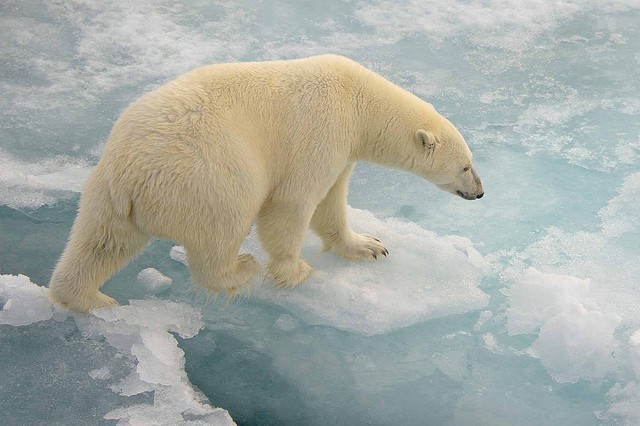Various Interesting Facts About the Arctic Ocean

The shallowest and smallest out of the five oceans, the Arctic, can be found in the northern hemisphere. Its name comes from the word ‘’Arktos’’ which means bear in Greek. Despite the cold, the territory in these waters has been fairly populated for around 20,000 years ago by Eskimos that of course, are physically and physiologically prepared to support a life in extreme conditions.
Although it is the smallest ocean, it is far from small in comparison to our continents and countries. With 15,558,999 square kilometers and 45.389 of possession among the coastline, 3.17 percent of the complete Earth’s territory belongs to Arctic Ocean. Its waters drench the northern regions of Canada, Alaska, Norway, Russia, Iceland, and Greenland.
Numerous islands belong to this freezing ocean as well, such the Barents Sea, Baffin Bay, the White Sea, the Chukchi Sea, the Laptev Sea, the Beaufort Sea, Hudson Bay, the Greenland Sea, Hudson Strait, the sea of Siberia the Kara Sea and others. The connection between the Pacific and Arctic Ocean is the Atlantic Ocean over the Labrador Sea and Greenland Sea and the Bering Strait. The Arctic Circle is its southern boundary.
Large ice sheets are usually floating in the Arctic. They are 2 or 3 meters thick, continuously displaced by ocean currents and winds. When these caps collide, ice forms an irregular line of ice pieces, which is known as pressure ridge and may be 3 times thicker than isolated ice caps.
There are many interesting facts about this freezing ocean, we listed some of them:
Various Interesting Facts About the Arctic Ocean
- The size of the Arctic Ocean is around 5,427,000 square miles, which is almost equal to the size of Russian territory.
- The famous North Pole is part of the Arctic Circle.
- There are three types of ice covering the Arctic Ocean: fast ice, pack ice, and polar ice.
- The polar ice does not melt. It can be 2 meters thin during the summer and up to 50 meters thick during the winter.
- The pack ice freezes entirely only during the winter. It can be found at the edge of the polar ice.
- The fast ice forms in the winter. It can be found around Arctic Ocean’s land and around the park ice.
- Arctic Ocean is the home of many different species, such as whales, jellyfish, seals, fish, and walruses.
- Polar bears are located on Arctic Ocean’s ice. They hunt and live at this habitat.
- 4 whale species can be found in the Arctic Ocean: grey whale, bowhead whale, beluga whale and narwhal.
- 6 seal species can be found in the Arctic Ocean, such as ribbon seal, hooded seal, ringed seal, harp seal, spotted seal and the bearded seal.
- During the melting of Arctic’s ice, a huge amount of organisms and nutrients are being released into the water. This event promotes algae’s growth.
- The living creatures under Arctic’s ice serve to feed the bottom dwellers. Some of them are sponges and anemones.
- The explorers have found more fish species in the Arctic Ocean than any other place in the world.
- It is believed that over 25% of the petroleum that is yet to discover, can be located in the Arctic Ocean.
- The Arctic Ocean has the lowest level of salinity out of the 5 world’s oceans. The reason is its low evaporation, limited connection to other oceans and large freshwater inflow.
- The exact level of salinity depends on the freezing and melting of the ice covers.
- As a consequence of the pollution and global warming, the ice may completely disappear over the Arctic Ocean by the 2040.
- In case the ice disappears from these regions, the polar bears and other species depending on it will disappear as well. Their lives are based on the ice platform that helps them hunt and feed.
- The iceberg guilty for Titanic’s crash broke away from Arctic Ocean’s glacier.
- It’s the smallest ocean in the world.
- At least once a year, a whole day of sunshine during the summer and entire 24 hours of darkness during the winter occur in the Arctic Circle.
- In the event of meltdown of Arctic’s ice, the global sea level would increase approximately 24. If the same occurred with Antarctic ice, it would be 200 feet.
- It’s the coldest ocean on Earth and only species adapted to their temperatures are trained to inhabit.
- The first person to make a nautical crossing of the Arctic Ocean was Fridtjof Nansen in 1896.
Properties of the Arctic Ocean
At the summertime, the sea surrounds the ice caps, but in winter they grow twice. The climate is defined as polar because of tremendous cold.
However, at winter the sun is completely absent. Although the sky is mostly clear and the storms are not too frequent, the temperatures go down to -50 ° C or maximum -1.1 ° C. During the summer, however, the temperature can rise even up to 10 ° C. The cold also plays its role in the salinity of the Arctic Ocean so this it has the lowest salinity out of all the family of 5. The reasons are probably the inflows of the fresh water and low evaporation.
The floor of the Arctic is divided into 3 principle ranges:
- The Nansen-Gakkel ridge. It extends north of Western Russia.
- The Lomonosov Ridge. Mountain range of 3.300 to 3.700 meters high.
- Arctic Cordillera with peaks of 3,000 meters.
The second category is based on the depth of the water:
- Arctic Surface Water. It is 200-150 meters deep and is a subsurface layer swift currents.
- Atlantic Water. It is 150-900 meters deep. It has the same level of salinity that Arctic Water Button, but is warmer.
- Arctic Bottom Water. It is the deepest mass and starts about 900 meters deep.
Its cold conditions are not an impediment to the prosperity of many species. The waters of the Arctic Ocean are inhabited by walruses, seals, narwhals, Lion’s Mane Jellyfishes, belugas, and bowhead whales. Algae, plankton, polar bears and numerous different fish species can also be found.
There are deposits of natural gas, oil, and gravel, in the ground, which are profitable resources for many countries. The ice covers the major part of the ocean between March and April. The Arctic Ocean is very important as it is believed that there could be over 25 percent of gas and oil hiding in the depths of its waters.
The Arctic Ocean has a very visible involvement in the climate change because its ice thins gradually as a consequence of the rising temperatures. This could cause serious flooding and other issues in the future and completely cover and pollute many countries.
For this reason, a special attention is being paid to the Arctic Ocean and its protection. Global campaigns and organizations are trying to find an adequate solution that will stop ice melting and general issues caused by the global warming and pollution. Every individual can be included and do its best to contribute in the salvation of this ocean and our planet.






